For the past 60 years, The Pennsylvania Sports Hall of Fame has honored and inducted over 780 incredible men and women who have made a lasting impact in Pennsylvania through extraordinary athletic achievement and contributions. Whether these activities have been achieved on or off the field, we honor them. Through our future virtual museum, we educate and celebrate their achievements for years to come.
The Pennsylvania Sports Hall of Fame’s 2025 Induction Ceremony and Dinner is Saturday, October 18, 2025 at 6:00 pm at the Sheraton Station Square Hotel.
Jim W Russell
Deceased
Year Inducted:2006
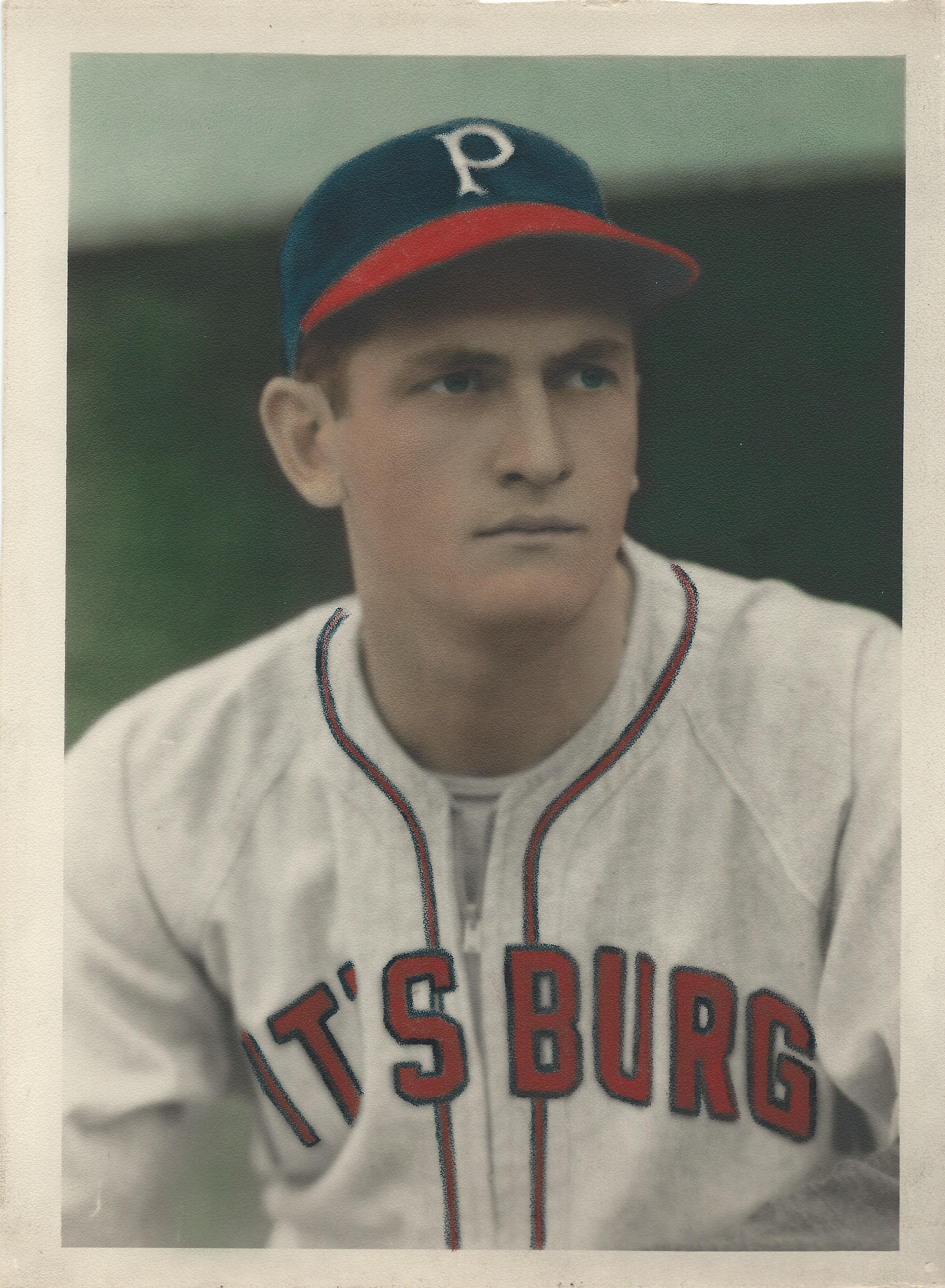
-
This biography was written as part of the Mid Mon Valley All Sports Hall of Fame Biographical Journal in 2002
Jim was born in Fayette City, Pennsylvania, on October 1, 1918 the son of James Walch “Dock” Russell, born in Finleyville, PA and Lillian Johnson of Herminie. His father was of Irish-Welsh descent and his mother of Swedish origin. Jim was the first of four children in the family and included Carl, Ruth (Moravek) and Jack. Jim grew up in dire times as his father attempted to eke out a living working in the coal mines. Many of the jobs “Dock” Russell garnered in the mines had baseball teams of which he became a great acquisition. The elder Russell was a standout infielder and slugger. “Dock” was a star in his own right as a member of Hen Wilson’s powerful Fayette City independent teams of the old Mon River League in the late teens and early twenties. He once hit a ball which carried 400 feet on the fly and then rolled 250 feet. He also played a great game of football. “Dock” had a face shaped much like actor Spencer Tracy. His disposition was crusty. “Dock” Russell got his nickname by wearing a fur cap left at his home by a medical doctor, after a visit. Fur military style caps were popular with doctors in the early part of the twentieth century.
“Dock” Russell was rough on his son Jim as he grew up. The youngster played ball in alleyways with rocks as balls and tree limbs as bats. Young Jim was a rambunctious lad who ran himself down health wise and twice contracted rheumatic fever. Because Jim developed rheumatic heart disease, his baseball career and life would both be cut short. His aortic valve was damaged, but initially his heart compensated for the valve, and it didn’t bother him.
Jim entered Fayette City public schools on September 2, 1924. An average student, Jim didn’t finish high school. Instead he worked in the steel mills and coal mines to help his family financially. All the while, he maintained a devotion to playing baseball. An aunt on his father’s side, Margaret Scott, kept a watchful eye on the budding future major leaguer. Whenever he needed a tongue lashing to keep his mind focused, Aunt Margaret was up to the task. Years later Jim gave much credit for his success as an athlete to his aunt. She saw in him many of the talents that would later popularize him as an outstanding ball player: aggressive base running, great fielding abilities, speed, and power at the plate. For a time he lived in Brooklyn, New York, with his aunt.
Russell began his climb to the Major Leagues in professional baseball in 1937. There were many teams along the way until he was finally brought up to the “show” with the Pittsburgh Pirates in September of 1942. Those teams along the way included the McKeesport Little Pirates in 1937. In 1938 he played for Butler of the Penn State Association and Beaver Falls. In 1939 Russell moved to Mayfield of the Mid Atlantic League also known as the Kitty League. In 1940 Russell continued through the Minor Leagues with stops at Youngstown and Springfield, Illinois of the Three-I League consisting of teams in Indiana, Illinois, and Iowa sometimes called the Corn Belt League. St. Joseph of the Michigan State League was Russell’s next stop. Russell went to the Southeastern League and Sally League in 1941 playing for Meridian and Memphis. He was promoted to Toronto of the International League the following year. At Toronto he batted .295 and with this performance at the plate, the Pirates chose to purchase his contract at the end of the 1942 season.
Jim’s stint in Memphis was short lived. He resented being sent there and wanted a commensurate salary. The fans picked up on Russell’s displeasure, and his poor play in one game had the fans taunting him. When he made the catch in that game on the last out, Russell deliberately threw the ball with all his might into the bleachers. Jim was sent packing by management. Russell’s temper would hurt his image at times during his career, but his temper was the fire and motivation that helped him reach great feats as an athlete. During the off season, he would work for the Delaware and Lackawanna Railroad. His minor league play was outstanding because of his base stealing exploits. He exemplified the popular thought of baseball minds that speed never goes into a slump. He averaged 40 stolen bases a season. He was tagged the “speed boy” along with “rangy boy” for he was long and lean physically.
Jim was a major league success from the start. A switch hitter, a right hand thrower, at 6 feet 1 inch and 180 pounds, he did his most damage when batting against right-handed hurlers. One of the fastest players in the game, he was a consistently successful base runner and run-getter, besides proving a powerful hitter, dependable fielder and strong thrower. Detroit baseball writer Joe Falls picked him as one of the greatest athletes of all time in 1982, reminiscing that, “He had it all, a great name and the ability to swing from either side of the plate. I imagined him to be the most handsome baseball player in the world.” A real “charmer,” Jim had charisma before the term was coined in the 1960s. When he walked into a room, he had presence.
Russell’s temper could be testy while in the major leagues. He could be goaded into the stands at the ball park if a fan went too far with his heckling, but he could be very gracious, as attested to by a letter written to Jim’s son, Stephen, some forty-nine years after the event. “At Ebbets Field, I was all of six and at the players exit following the game. As the players started to leave, the autograph hounds moved in. I was too shy and intimidated to move in with them. Your father came out, and there I was clutching my glove in one hand, my ball in the other. He asked if I wanted an autograph. I handed him the ball. He took the pen from another kid who ran over and asked me my name. He autographed the ball to me personally, ‘to Larry Smith.’ I was the happiest kid in the world. I was particularly excited because I could read the writing. Your father’s script was almost printed letters connected together. I wanted to tell you, your father was a very nice man who left his imprint on this kid.”
During his years as a Pirate, Jim won the 60-yard baseball dash staged for major league players in connection with the annual relay meet of Purdue University. Jim ran the distance in 6.9 seconds and will always be remembered as a speedster.
In 1944, he was approved as a WPIAL grid official and did football games in the Mon Valley in the off season.
Jim’s best year in the majors was 1944 when he led the Pirates in hitting with a .312 average and 181 total hits. Russell was the first player in Pirates’ history to pinch hit a grand slam homerun on August 20, 1944, when the Pirates played the Dodgers. In 1944 Jim’s 109 runs scored placed him third in the National League behind only Bill Nicholson (116) and Donora’s Stan Musial (112). His 14 triples in 1944 was the fourth best total in the National League. And, in 1944, he was only 16 hits shy of a tie with the league leaders (Phil Cavarretta and Musial). In addition, he was only 11 walks short of tying Musial that year for a third place berth in that department. In 1945, his 15 stolen bases gave him a fourth place finish for top pilferers in the National League. In those days the speed game was not as vibrant and vital as it later became. In fact, in 1945 the top thief was Red Schoendienst who only stole 26 bases - just 11 more than Russell.
In Jim’s final season with the Pirates in 1947, he played between a pair of slugger’s - rookie Ralph Kiner and veteran Hank Greenberg. “Neither one could move” remembered Russell, who stole a Southwestern League high 51 stolen bases when he hit .366 for Meridian and Memphis in 1941.
A story about Jim as a Pirate has become a favorite over the years. Bucky Walters was pitching for the Cincinnati Reds in Crosley Field and Pirate Frankie Zak was on second base. Russell was at bat. Just as Walters started his delivery, Zak called time to the umpire to tie his shoe. Russell hit a homerun to right center field, but it was cancelled due to Zak’s time out. Pirate manager Frankie Frisch, a hard-nosed guy, was livid. Frisch told Zak later he would get him a pair of shoes with buttons. Russell batted again, but only singled. Zak’s career in the majors was short-lived.
Jim was always a favorite of Pirate manager Frisch. He boosted Russell’s speedboy’s stock even as a bunter. Frisch was ever a great lover of speed in players. When he first saw Russell beat out a bunt, he almost fell off the bench. Frisch exclaimed, “Why, that fellow Russell ought to bunt .300 in any league! He actually overtakes and beats the ball when he pulls a bunt down the line!”
Russell saw the color barrier in baseball broken during his playing tenure. In reference to the taunts made toward the first black player in the Big Leagues Jackie Robinson on his first visit to Forbes Field in 1947, Russell remarked that the comments of his fellow teammates made him “sick.” Russell also admitted that Pirate manager Billy Herman ordered his pitchers to knock Robinson down.
In 1948 Russell played for the Boston Braves. He had been traded for Danny Murtaugh who went on to Pirate fame as their skipper. Having a terrific year leading the team to first place and leading in homers and RBIs in August, Jim came down with bacterial endocarditis, an infection of the heart valve brought on by the rheumatic fever he had as a child. The illness cost him the rest of the season and a chance to play in the World Series. Jim recovered with massive doses of penicillin as his wonder drug. He played for the Braves in 1949 but his heart problem began to take its toll with Jim only batting .231. He was traded to the Dodgers as his career waned.
Russell’s greatest games came with the Braves in 1948 and the Dodgers in 1950, when he became the first major leaguer in history to hit home runs from both sides of the plate in the same game more than once. Later, Mickey Mantle would do it 10 times. The game in 1948 was on June 7th in Chicago where Russell hit a home run batting right-handed off lefthander Bob McCall. Hitting left-handed against reliever Ralph Hammer, Russell hit another home run. He also doubled from both sides of the plate to drive in six runs in a 9-5 Brave victory and tie a National League record with four extra base hits in one game. It was Russell’s biggest thrill as a big leaguer. At Ebbets Field in Brooklyn in 1950 Russell again connected for a pair of home runs from both sides of the plate becoming the first player to do so twice in his career. Russell’s victims were the St. Louis Cardinals, lefty Harry “the Cat” Brecheen, and righty George Munger. In Brooklyn at this time the Dodger fans christened him with a nickname for his home run prowess, calling him “Sock.” In 1952, he appeared as a Dodger in the first Topps baseball set. Jim played the outfield for his entire career, with the exception of 11 games played at first base.
Russell spent two campaigns with the Dodgers, pinch hitting in the 1951 club which lost the National League pennant to the New York Giants on the final day on Bobby Thompson’s dramatic home run. While with the Dodgers, Russell played with Brooklyn’s top farm club, the Montreal Royals, shuffling back and forth from the majors to the minors. In Montreal Jim met his future wife Theresa Mary Coreau of Arnprior, Ontario, who was a model in Quebec. They married on Halloween 1951 and had three children Stephen, James and Janet. In 1952 and 1953, Mr. Russell returned to the minor leagues and played for the Portland Beavers.
After retiring from playing professional baseball, Russell scouted nine years for both the Dodgers from 1954-60 and the Washington Senators from 1961-63. At the same time, he owned a beer distributing company in his native town of Fayette City. Russell Brothers Beer Distributing eventually sold out to another local distributor John Yetsconish in the early 1960s. As a scout, Jim signed California High School graduate Don “Ducky” LeJohn who had a brief stint in the majors with the Dodgers. Russell was elected to the Mon Valley Sports Hall of Fame in its second class in 1952.
In 1964, Russell took a chance at a political future. Placing his name before the Rostraver Township School Board, Russell was unanimously selected by the sitting board to fill the unexpired term of Thomas Patterson. His hope was to exercise the position as a springboard for a run for tax collector. This was not necessary because Jim landed a salesman position with Smith-Corona typewriters and office machines representing the Pittsburgh area. Russell spent twenty years with the company, moving to the Tampa, Florida SCM division in early 1978. Russell was a lifelong Democrat, molded as a young man in the tradition of Franklin D. Roosevelt’s New Deal. He connected with those less fortunate. Russell would run for the Belle Vernon Area School Board in the merger formed by Rostraver and Bellmar three times. In 1967 and 1971 he was overwhelmingly elected. He lost his school board seat in the 1977 election.
In the 1970s, Jim Russell brought American Legion baseball back to Fayette City and the Mon Valley area. Jim Kriek, a sports columnist for the Uniontown Herald-Standard remembered, “the battle of baseline strategies when Jim was managing the Fayette City American Legion teams, and Herman Welsh and Buzz Barnhart had the Connellsville teams. I always looked forward to their games, just to watch those old baseball heads try to out think each other. I can’t recall one time I can ever say the crowd went home disappointed.”
Throughout his middle adult years Jim experienced chest pains, which at times were excruciating. On June 29, 1977 Dr. Ronald Pellegrini, at Mercy Hospital in Pittsburgh, replaced his aortic valve with a pig’s valve. A most astounding fact, his heart was four times the size of a normal heart. An athlete’s heart is normally twice the size. The recovery became touch and go when Russell had a setback. His heart went into an irregular rhythm called atrial fibrillation. Jim’s wife Terry remembered it as “very frightening. It was touch and go. They had to restart his heart in the recovery room, open him up, and massage his heart to a normal rate.” Russell recovered by 1978 and moved to Florida. He frequently played golf as a ten-handicap golfer with former major leaguers Stan Musial and Al Lopez at Feather Sound Country Club in Clearwater.
Russell experienced severe heart failure once again in early 1987. He needed mitral valve surgery which was performed on March 12, again at Mercy Hospital with Dr. Ronald Pellegrini. The surgery and recovery were difficult. His energy level increased slightly with the operation. Russell planned a hunting trip to Pennsylvania in the fall of 1987 and departed by plane from Tampa, Florida, the day before Thanksgiving on November 24. He died upon take off. The airplane made an emergency landing in Orlando, Florida. Jim was buried in his beloved Fayette City in Mt. Auburn cemetery.
Russell lived his seventy years with many highs and lows. He survived sub-acute bacterial infections three times and open-heart surgery twice. His major league career showed 1,035 games with 3,595 at bats and 959 hits including 67 home runs, 175 doubles, 51 triples, 554 runs scored, 428 RBIs, and a batting average of .267. He had 59 stolen bases. His fielding average was .981. His highest baseball salary was $16,000. He loved history, especially the Civil War period. He had many a drink and social discussions with his local Mon Valley friends. After baseball, he adored golf and played it frequently.Jim Russell’s testament is reflected in the manner his peers were drawn to him. One remembers a series of pictures of Dodger Roy Campanella leaning on Jim’s thigh in a Dodger team photo and slugger Hank Greenburg with his arm around Jim in an opening day line up picture for the Pirates in 1947. In Russell’s mementos one can see Joe DiMaggio’s Western Union telegram birthday message to Jim in 1949. Dick Williams, player and manager, remembered Jim as his mentor and guide when he was a rookie with the Dodgers. Russell was entertained in the home of singer Bing Crosby, a Pirate owner. He enjoyed the warmth and affection of Stan Musial, Ralph Kiner and Dodger manager Tom Lasorda who called Russell in his hospital room while he was managing a Pirates’ series in Pittsburgh. Chuck Tanner as a youngster idolized him. Russell was best man at Pirate Frank Gustine’s wedding. Maybe his peers recognized that flesh and blood people mattered more to him than the hoopla, hype, and garb of celebrityhood.
Joseph G. Shaff
Deceased
Year Inducted:2006
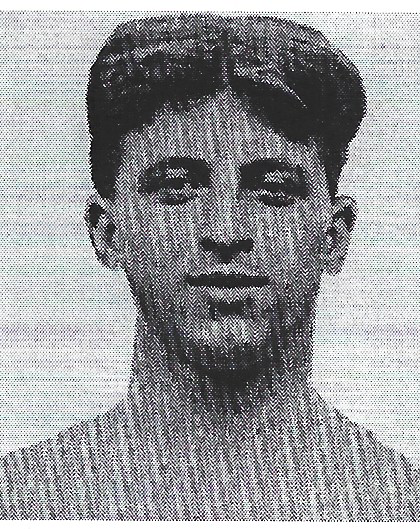
-
Joseph was a Helm’s All-American in 1929 at the University of Pennsylvania, where he was the Quakers top athlete. He won Eastern Collegiate scoring titles 1928-1929 and was names the top player in Eastern USA (over “Honey” Russell) in high school, he led Roman Catholic to Philadelphia title under Coach Billy Markward. Joe was named one of Philadelphia five best athletes from 1900 – 1950, regarded as one of the all-time top ten Philadelphia basketball players through 1960. He coached Reading Central Catholic for 25 years (1945-1969) Winning two Pennsylvania State Catholic titles in (1950-1951)
Robert M. Bessoir
Deceased
Year Inducted:2006
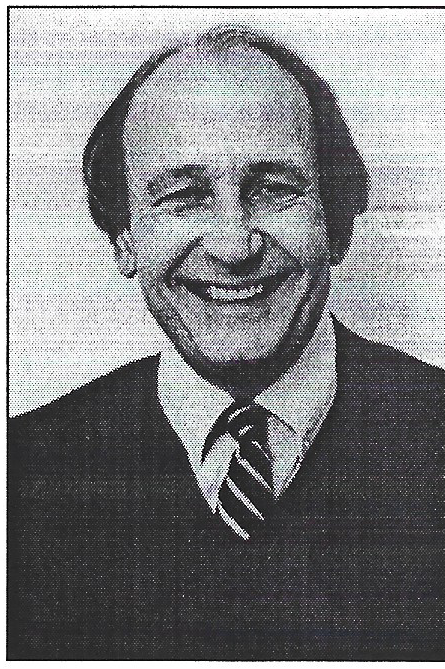
-
Robert coached basketball at the University of Scranton for 29 years with a .678 winning percentage and toq NCAA Division III National titles (1976 and 1983). He coached 4 NCAA Final Four Teams (2 first place, 1 second and1 third), had the most Division III tournament appearances (18), 15 MAC titles, 24 winning seasons, 13 twenty wins or more seasons, 4 MAC Coach of the Year awards, 3 ECAC each of the Year awards (1976.1977.1983 and was the Kodak Division III, Coach of the Year in 1983. 7th on the NCAA (Division III) list with 554 wins.
He graduated form the University of Scranton where he lettered for 4 years His rebounding record still stands (43 in 1955) against Kings, still 7th best in the NCAA Record Book. He led the Royals in scoring and rebounding his senior year (1955) and received an MVP award (1954).
Joseph G. Cesari, Jr
Living
Year Inducted:2006
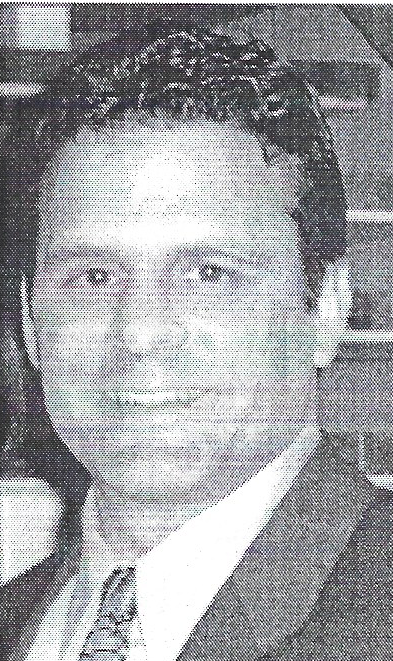
-
Joseph attended North Schuylkill High School 1980 – 1984, where his career wrestling record was 154-5-1. He won three PIAA State Wrestling titles and was voted “Most Outstanding Wrestler” in 1982 and 1983. In 1983 he pinned all opponents in district, regional and state tournaments. His 50 – 0 record in 1984 and 103 pins were state records. Joseph was selected a high school All-American three times. Joseph was World freestyle champion in 1979. He graduated from North Carolina State and captained the Wolfpack to 2 ACC titles.
Peter N. "Pete" Duranko
Deceased
Year Inducted:2006
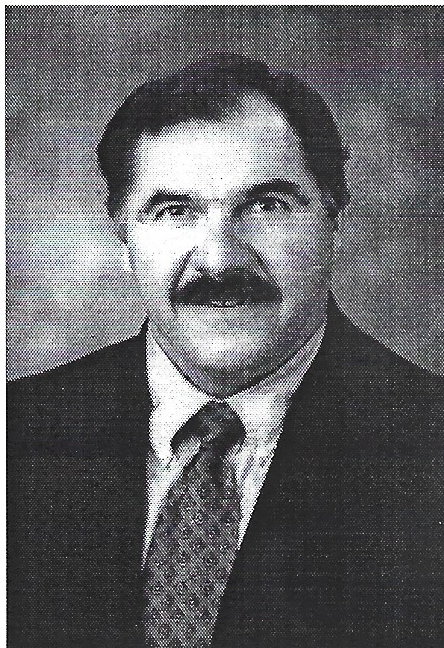
-
Pete “Diesel” Duranko He was named a 1962 Johnstown Catholic 1st Team All – American and to the Bif 33 Game. Pete was also the PCIAA Shot Put (55’9”) and Discus (152’ 8”) Champion. Her attended Notre Dame University (1962-1966), and was named Defensive MVP during their National Championship season. He was voted PA College Lineman of the Year, He was drafted by the Cleveland Browns and Denver Broncos and played for the Denver Broncos (1967 – 1975) at defensive end and tackle.
Betsy King
Living
Year Inducted:2006
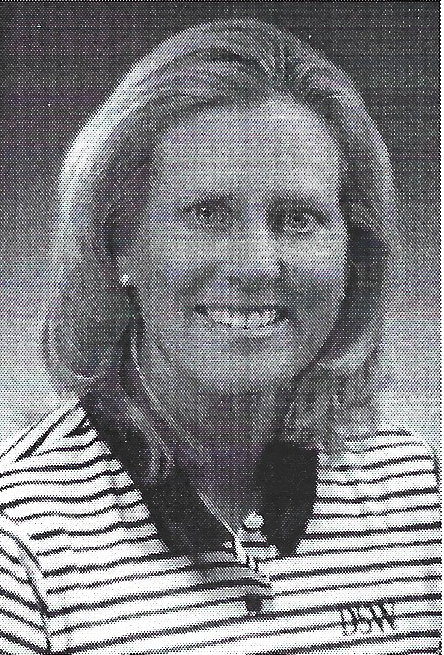
-
Betsy was inducted into the LPGA Hall of Fame after her 30th win at the ShopRite LPGA Classic I 1995. She has 34 career victories, including Six majors – Dinah Shore 1987,1990,1997), U.S. Womens Open (1989, 1990), and Mazda LPGA (1992). She was the first LPGA player to pass the $5 and $6 million mark in season earnings (1995 and 1998). She was LPGA Player of the Year in 1984, 1989 and 1993) and the Vare.
Betsy played on the Furman University’s NCAA title team in 1976 and Voted their athlete and Women Scholar Athlete of the Year in 1977. She has been inducted into the Furman University and Exeter High School Halls of fame.
Roger Kingdom
Living
Year Inducted:2006
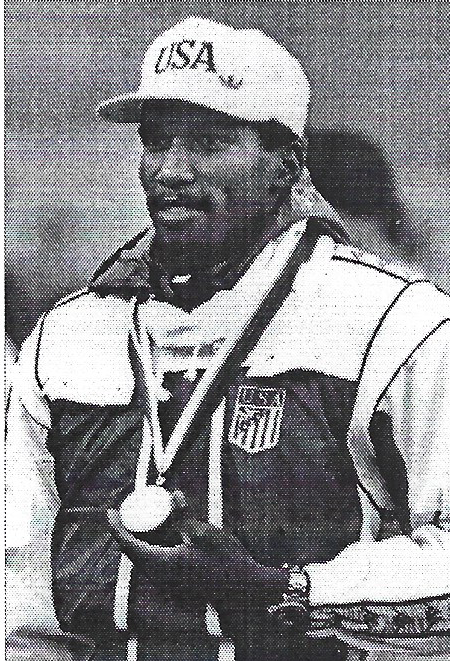
-
Roger is originally for Vienna, GA. He attended the University of Pittsburgh on a football scholarship where he played with the likes of Dan Marion, Chris Doleman and Jimbo Coleman. Roger is a two-time Olympic champion in the 110 high hurdles. In addition to winning a gold medal in the 1984 and 1988 Olympics, he is a five- time U.S. outdoor champion. He won a gold medal at the 1989 World Cup, 1989 World University Games and the 1989 and 1995 Pan Am Games. He set the World Record of 12.92 in the 110 High Hurdles in Zurich, Switzerland in 1989. In the years 2002-2003 Roger worked with the Cleveland Browns of the National Football League as an intern speed, strength, and conditioning Coach before signing with California University of PA.
He became the head coach of California University’s cross country and track and field programs. He was inducted into the National Track and Field Hall of Fame in 2005.
Baptiste Bap Manzini
Deceased
Year Inducted:2006
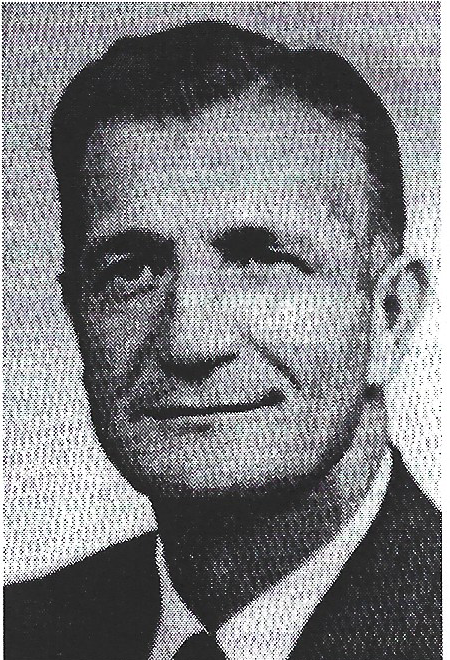
-
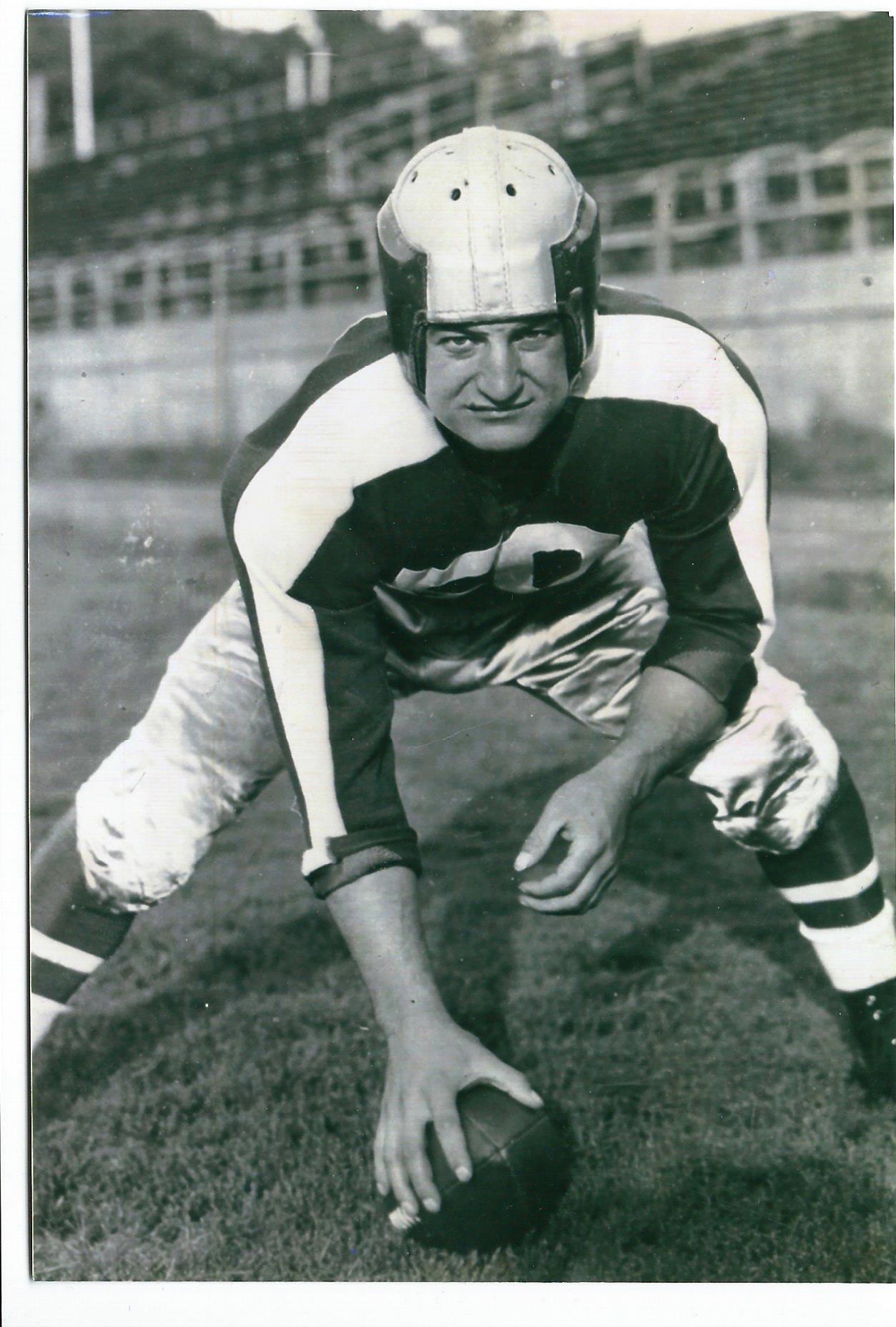
Many of Bap Manzini’s former students and football players will tell you that “he was awesome.” His proteges would utter frequently that “the Bapper knows,” in reference to his ability to win football games. With his tough, rugged, furrowed face and deep, raspy voice, he intimidated many a foe. As gruff as he appeared, his players loved him, for he was a good-hearted and decent man beneath it all. Some may have thought of him as simply a jock, but there was an intellectual side to him as well. He was a learned man. He could also size up people very well. If anyone deserves the title of dean of football coaches of the Mid-Mon Valley in the second half of the twentieth century, it is Bap Manzini.
A native of Monongahela, he was born August 27, 1920, the son of Achille and Rita Manzini. Bap starred in football at Monongahela High and graduated in 1939. He went on to St. Vincent College in Latrobe and majored in business administration. He captained the Bearcats in 1942 as a senior and was named All-State center by The Associated Press and United Press International.
Following service in the U.S. Air Force, Manzini turned to the pro ranks and played for the Philadelphia Eagles in 1944 and 1945. During World War II because of a player shortage the Steelers and Eagles merged to form the Phil-Pitt “Steagles” in 1943 and 1944. Bap won the Robert J. French Memorial Trophy as the outstanding player in the 1945 Philadelphia Inquirer Charity Game, an honor which earned him a niche in the Pro-Football Hall of Fame in Canton, Ohio.
Joe Perkowski
Living
Year Inducted:2006
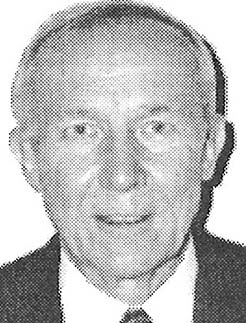
-
About This Inductee:
• Coughlin High School-10 letters in football, basketball, track, baseball
• Captain of 1957 championship football team, two-time All-State/All-Scholastic
• Notre Dame University-3 year football letterman-halfback/kicker/running back
• 1961 leading scorer. Against Navy, carried ball 25 times, 131 yards, 9 extra points, one field goal
• Set record of 5 field goals in one game, new record of 49 yards (stood for 11 years)
• Longest field goal-55 yards in 1961 Spring exhibition game (half time against Paul Horning)
• Was also a running back for two years, averaging 5.2 yards per carry for total of 400 yards
• Drafted by NFL’s Chicago Bears, but suffered a first-year career ending injury
• Inducted into PA Sports Hall of Fame in 2006
Joe graduated from Coughlin High School where he earned a total of 10 letters in football, basketball, track and baseball. He was captain of the 1957-58 championship football team and helped lead Coughlin to their first Wyoming Valley Conference Championship since 1937 with an 8-1 record. Joe broke the scoring record in 1957 with 18 touchdowns and 19 extra points for 127 points (a Wyoming Valley record that year). He was named as halfback and played for the East in the 1958 UNICO game. Joe scored 10 touchdowns and was named Most Valuable Player of the Year. He was also selected All-State, All-Star, All-Scholastic, and Top 33 in the state in 1956-57. Joe broke the all-time scoring record in the Wyoming Valley Conference. He was elected to the PA Big 33 team in both his junior and senior year, being the only junior ever selected (even now only seniors are eligible). He was on the 1956 championship track team at Coughlin and played on their championship baseball team in 1957-58. Joe went on to the University of Notre Dame where he became the leading scorer in 1961 playing halfback and kicking field goals. He held the record for the longest field goal at 49 yards against USC in 1961; his record stood for 11 years. Joe, famous for his “overtime” kick that beat Syracuse in 1961, was voted by the Associated Press as having made the most unusual play of the year. Notre Dame refers to that play simply as “the kick,” which helped initiate a NCAA rules change. Notre Dame was trailing 15-14 with only three seconds left. Joe lined up to try a 56-yard field goal, a roughing the kicker penalty moved the ball 15 yards, and Joe kicked a 41-yard field goal to win the game. His field goal was also decisive in a 22-20 victory against Purdue in 1961. Joe won a monogram letter three years while at Notre Dame. He was drafted by the Chicago Bears, but a knee injury prevented him from pursuing a professional career. Joe is married to the former Jean Macarelli and resides in Plains. They have two children, Nadine and Matt (who also played fullback and linebacker at Coughlin High School) and four grandchildren.
Paul Stehman
Living
Year Inducted:2006
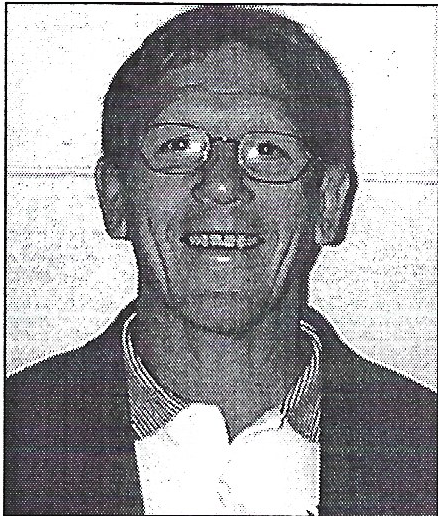
-
Paul graduated from Donegal High School in 1965 and Continued his education at Northwest Missouri State University on a wrestling scholarship. Paul was a three Time NCAA College Division I All-Americanl placing 4th In 1967, 5th in 1968 and a National Champion in 1969. He has coached for 30 years at Lake Mountain High School, Seaford High School, Delaware and Shamokin High Schools with a combined career record of 300-183-4.
He has coached six state champions. Paul has be inducted into the PIAA District 4, Pa State Wrestling, Northwest Missouri State University Halls of Fame.
Return to Inductee at a Glance main page.